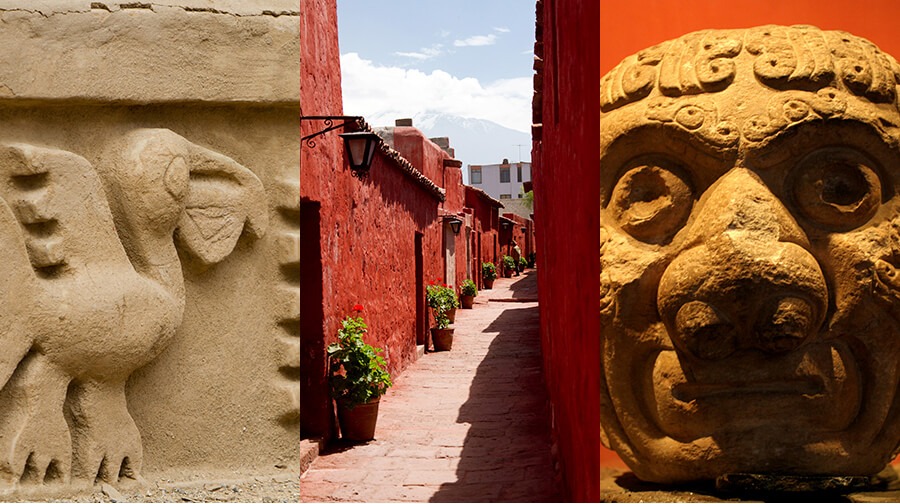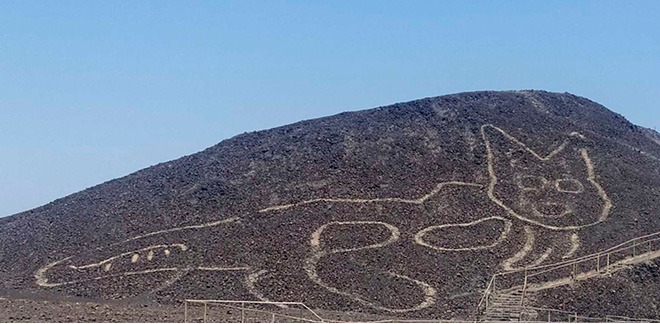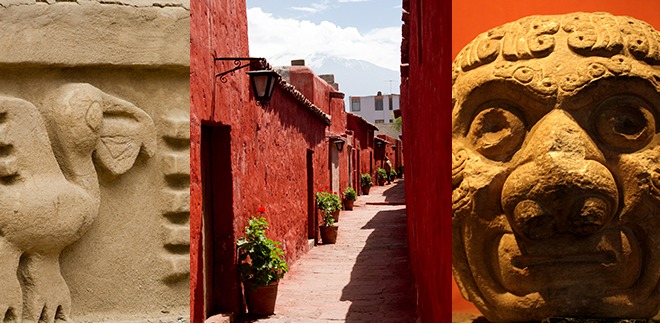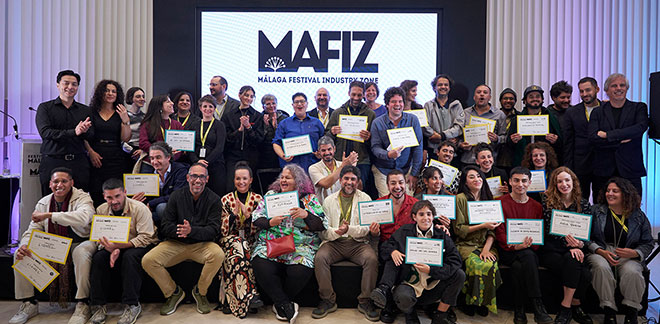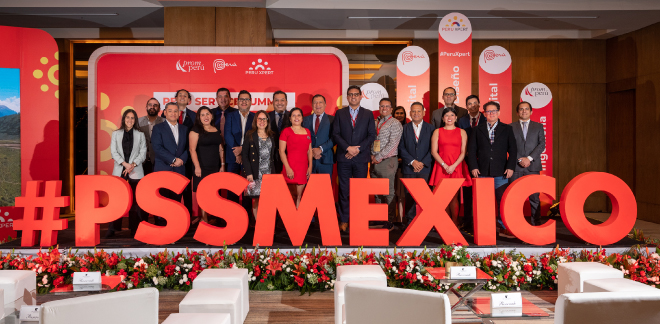6 Peruvian museums you can visit from home
Síguenos en:Google News
If Muhammad can’t go to the mountain, the mountain will come to Muhammad, says a well-known expression that emphasizes managing to reach the desired goal in spite of adversities. Translating this into the current context: if users cannot visit the museums – due to the state of emergency – the museums will reinvent themselves to reach the users in a didactic and innovative way.
Now, the spacious halls of these cultural epicenters – where archaeological remains, sculptures, paintings, clothing and any other piece that gives light to what life was like in the past – can be seen from home and by simply moving the cursor. The following is a brief list of six museums which – with the aim of educating and entertaining the population who are strictly following the lockdown rules – have made their virtual rooms available to young and old alike.
Santa Catalina Monastery. This enclosure – located in the city of Arequipa – was founded in the 16th century with the purpose of becoming a private monastery of nuns, but today it can be visited without the need to travel to the famous land of Misti. Internet users will be able to see its majestic colonial architecture – built with sillar, a type of volcanic stone widely used at the time to build houses and temples – through which hundreds of women passed, from the daughters of curacas (officials of the Inca Empire) to Spanish descendants, eager to serve God. It can also be visited at night. To do so, follow this link: https://cutt.ly/wyszY3T
Larco Museum. For more than 500 years – in one of the arteries of the Pueblo Libre district in Lima – it has been home to one of the largest collections of pre-Columbian art in Peru: 45,000 archaeological artifacts, to be precise. Today, through its virtual room, you can access this famous Colonial house, which for many years was run by Rafael Larco Hoyle, founder of the art gallery, and learn about each of the relics that are on display there. Its virtual platform also offers a range of permanent exhibitions, audiovisual material focused on the Andean world view of Peru and a mini-series that portrays the life of the ancient Peruvians through art. Learn more here: https://cutt.ly/hysxnuk
Manuel Chávez Ballón Site Museum. It is located in the sanctuary of Machu Picchu (Cusco) which is considered one of the seven wonders of the world and Peru's emblematic tourist destination. Inside, it is home to over 200 archaeological artifacts, in which the stone, metal and ceramic objects, collected over the last years of excavation, stand out. These findings have been fundamental in reconstructing the history of the creation of the acclaimed citadel. It can be visited through this link: https://cutt.ly/GyscqUY
Chan Chan Site Museum. The virtual tour of the famous City of the Sun – located in the city of La Libertad – offers users five thematic rooms that display the artifacts found during the archaeological excavations carried out in the area. The impressive discovery of elements made with gold and silver embossing stands out. Let us remember that according to history, this adobe citadel had a strong importance for the Chimu people, because it was used as their administrative center. See this content through the following address: https://cutt.ly/pyscxek
Chavín National Museum. It houses a range of findings relating to the Chavín culture (located in Huaraz), a pre-Inca civilization discovered by archaeologist Julio C. Tello. Its virtual platform has 14 interactive rooms displaying ceramic and stone objects, drawing attention to the famous tenon heads and, of course, the famous Tello Obelisk: a two-meter stone piece believed to have been used for ceremonial events. There is also a collection of pututos, musical instruments which were used by the ancient Chavín people during their religious celebrations. Enjoy the content here: https://cutt.ly/xysvc5M
Ransom Room. Located in the city of Cajamarca, it was the epicenter of one of the key moments in the history of Peru. According to Peruvian history, it was here that Francisco Pizarro held Atahualpa captive, considered the last Inca. In exchange for his freedom, the Peruvian filled the room with gold up to the level of reach of his arm, and offered it to the Spaniard. However, this action did not work in his favor and he was condemned to the penalty of the garrote. Find out more about this monument at this link: https://cutt.ly/Pysnu1v
Details
The Ministry of Culture has made the virtual tour of 22 museums located in different parts of Peru available to Internet users. To access them you must visit its website: visitavirtual.cultura.pe
Sources: Santa Catalina Monastery/ Larco Museum/ Andina/ Ministry of Culture/ Chan Chan/ The Atahualpa Ransom Room/ RPP


